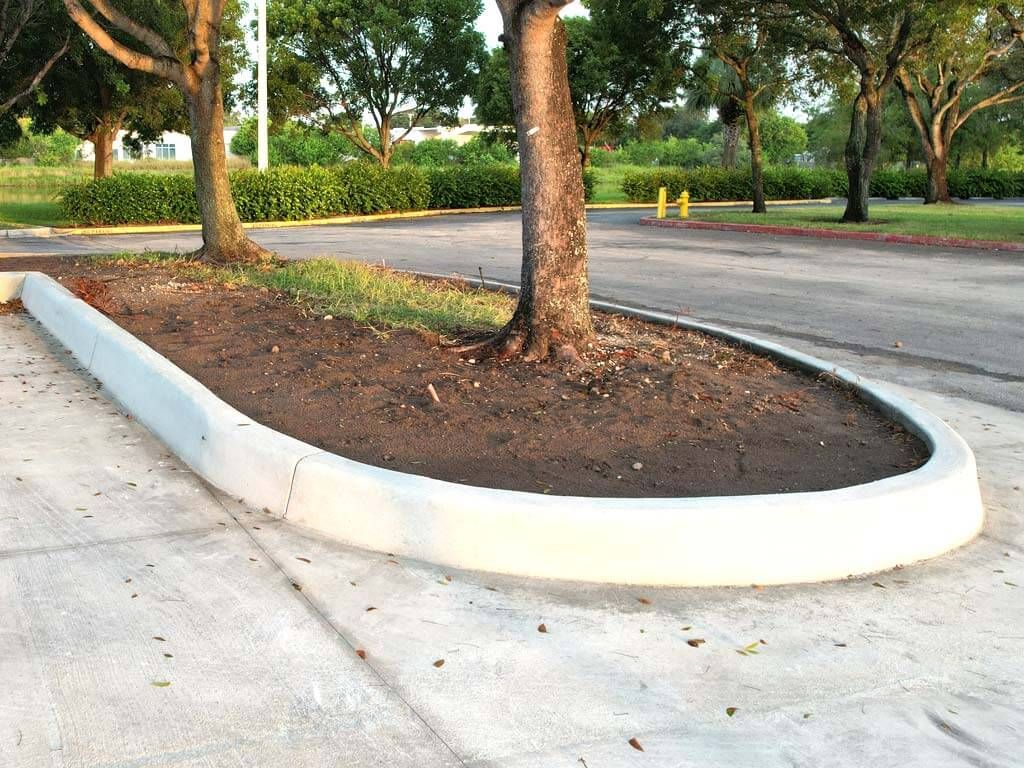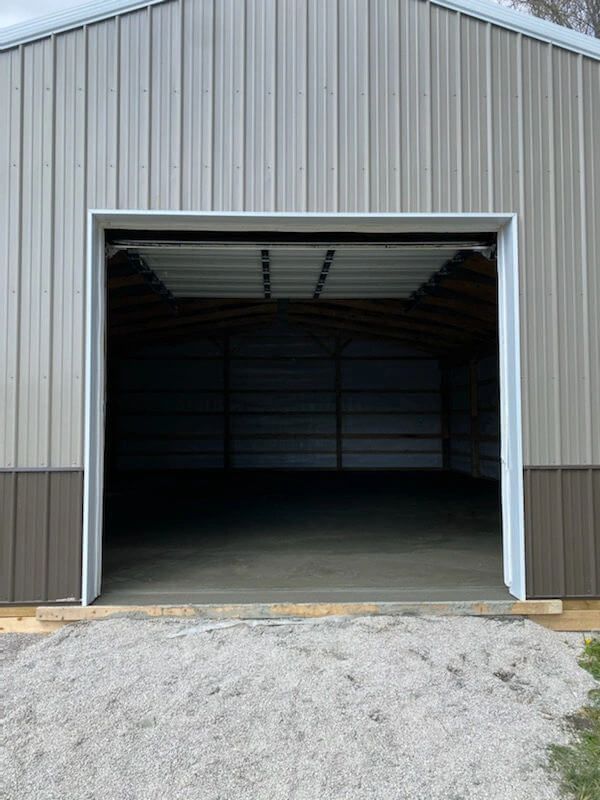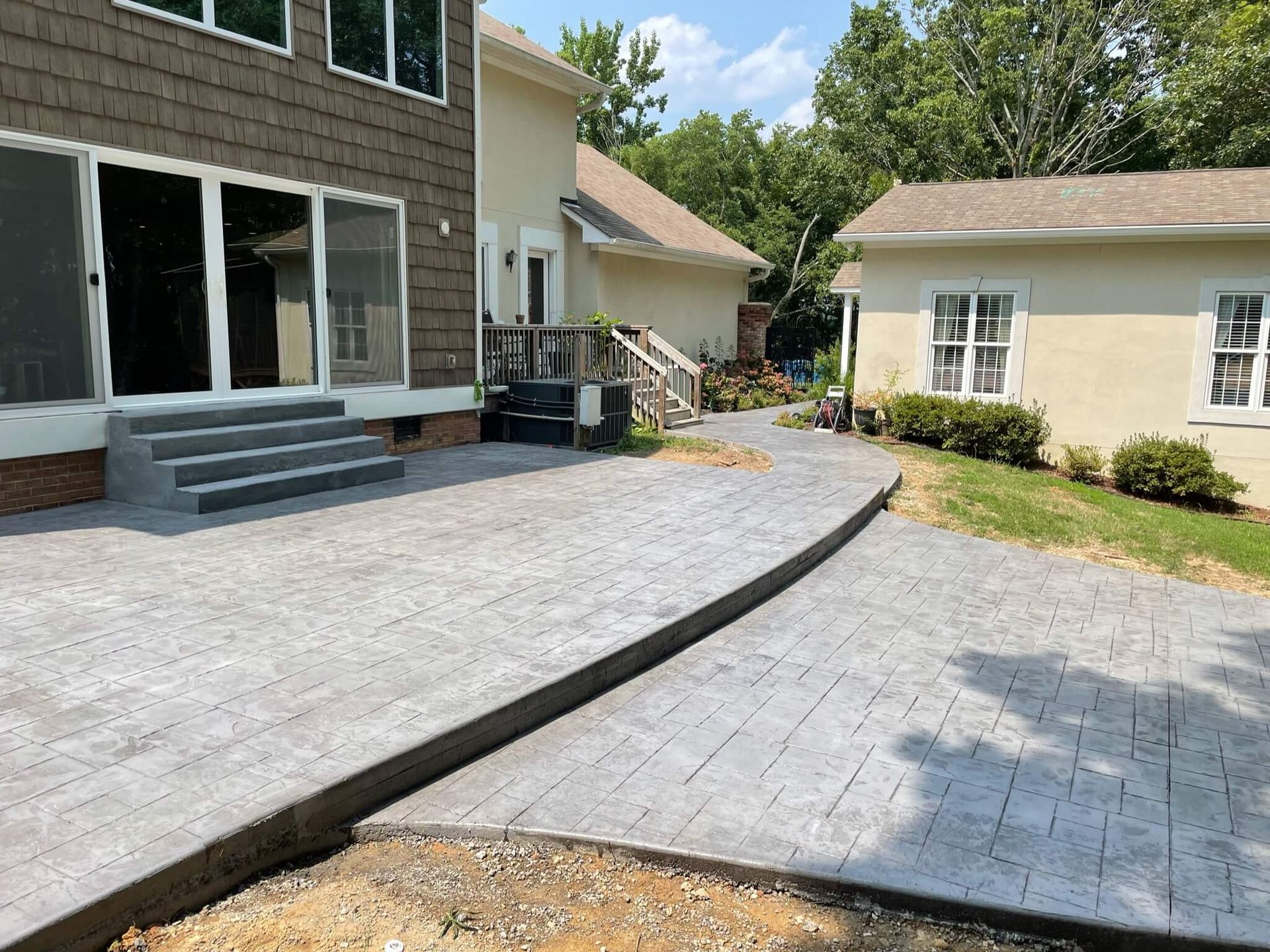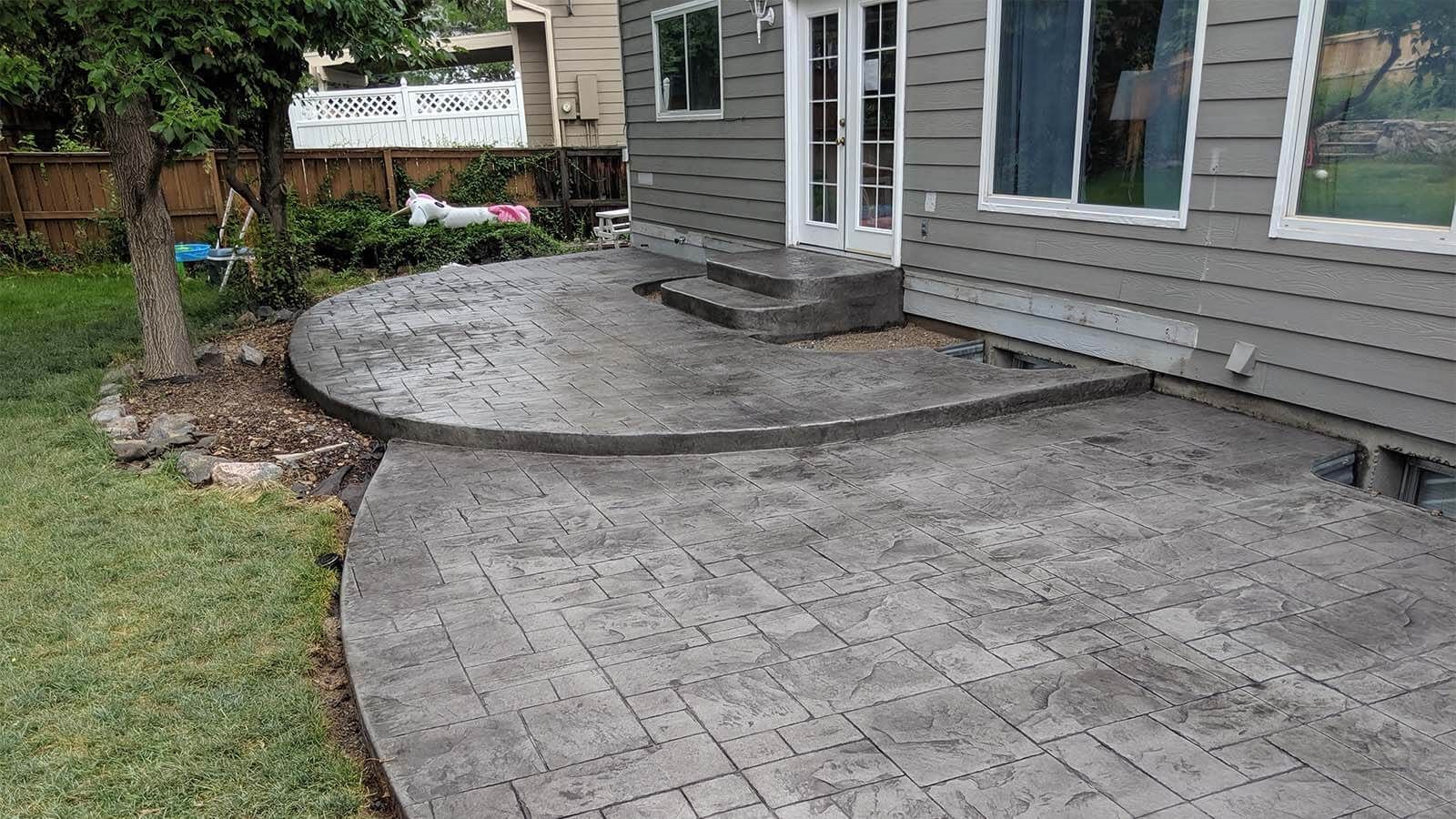Pros and Cons of Having Concrete Replacement
Related Articles...
When navigating the landscape of concrete replacement, partnering with a reputable concrete company is paramount. Your local concrete contractor brings expertise and experience to the forefront, ensuring the seamless execution of replacement projects. Whether you're eyeing a new driveway or contemplating a decorative concrete overhaul, a reliable concrete company is your steadfast companion.
In the world of construction and infrastructure development, the role of concrete is irreplaceable. However, the industry constantly urges us to explore innovative solutions. Here is some insights into the pros and cons of replacing concrete.
What is Concrete?
Concrete is the bedrock of modern construction, providing stability, durability, and versatility. From driveways to foundations, it plays a pivotal role. However, the evolving needs of construction projects and environmental considerations have prompted the exploration of concrete replacement solutions.
Concrete Replacement
Concrete replacement refers to the substitution of conventional concrete with more advanced materials or techniques. This could involve the use of alternative aggregates, additives, or entirely new materials that offer superior performance in terms of strength, flexibility, and eco-friendliness.
But, what are the advantages and disadvantages of having it?
Pros of Concrete Replacement
Certainly, concrete replacement offers several advantages that go beyond durability, sustainability, and design flexibility. Here are some pros of concrete replacement.
Improved Safety and Compliance
Replacing old, deteriorating concrete can significantly improve the safety of a structure. Cracked or weakened concrete poses tripping hazards and structural integrity issues. By opting for concrete replacement, property owners can ensure compliance with current safety standards and regulations, reducing the risk of accidents and potential legal liabilities.
Enhanced Energy Efficiency
Modern concrete materials and techniques can enhance a building's energy efficiency. Insulated concrete forms (ICFs) and other innovative solutions can provide superior insulation, reducing the need for heating and cooling. This not only contributes to a more comfortable living or working environment but also lowers energy costs over time.
Increased Property Value
Investing in concrete replacement can lead to an increase in property value. High-quality, durable concrete work enhances the aesthetic appeal and functionality of a property, making it more attractive to potential buyers or tenants. The perception of a well-maintained and up-to-date property can significantly impact its market value.
Reduced Maintenance and Repair Costs
New concrete technologies and materials often require less maintenance and are more resistant to damage from wear, tear, and environmental factors. This translates into lower ongoing repair and maintenance costs, making concrete replacement a cost-effective decision in the long term.
Adaptability to New Technologies
The concrete industry continues to evolve, integrating new technologies that improve the material's properties and the application process. Concrete replacements can incorporate these advancements, such as self-healing concrete or concrete that can capture and store carbon dioxide, positioning a structure to take advantage of future innovations.
Enhanced Environmental Protection
Beyond reducing carbon footprints, concrete replacement can include the use of materials that are more permeable or that can treat runoff, enhancing the local ecosystem's health. Such materials can mitigate flood risks and reduce pollution, contributing to a healthier environment around the structure.
Customization and Personalization
Decorative concrete options offer an unmatched level of customization. Beyond standard designs, individuals can work with contractors to incorporate personal logos, designs, or other unique features that reflect their brand or personal style. This level of personalization can create a distinct and memorable impression for businesses or personal properties.
By considering these benefits, concrete replacement offers a multifaceted array of advantages that can address aesthetic preferences, environmental concerns, safety standards, and financial considerations, making it a compelling option for many construction and renovation projects.
Cons of Concrete Replacement
When considering the replacement of concrete, several cons must be carefully weighed to ensure a comprehensive understanding of the process and its implications. These cons, while manageable, could have a significant impact on decision-making and project outcomes. Below, we delve deeper into these aspects:
Cost Considerations
Concrete replacement is not merely a physical undertaking; it is also a financial commitment. The initial expenditure for removing old concrete and pouring new concrete can be substantial. This includes not only the cost of materials but also labor, equipment, and possibly the cost of obtaining permits. High-quality concrete and reinforcement materials, which are essential for durability and longevity, can drive up the project cost.
Time Constraints
Concrete replacement projects are time intensive. From the demolition of existing concrete to the curing of the new installation, each step requires careful timing. The curing process alone can take several days to weeks, during which the site may not be usable. This can significantly disrupt regular activities, especially in commercial or communal spaces. Efficient project management becomes crucial in this context.
Compatibility Challenges
Replacing concrete isn't just about the new material; it's also about how this new element interacts with the surrounding environment. Compatibility challenges may arise, particularly in terms of aesthetics, structural integrity, and functional compatibility with adjacent structures. For instance, the new concrete must match or complement existing buildings or pathways to maintain the visual harmony of the area. Structurally, the new installation must integrate seamlessly with existing constructions to avoid issues such as uneven settling or water drainage problems.
Environmental Impact
Concrete production and demolition are energy-intensive processes that contribute to carbon emissions and environmental degradation. The removal of old concrete typically involves heavy machinery, which consumes a significant amount of energy and can disrupt local ecosystems. Furthermore, the waste generated from demolished concrete adds to the burden on landfill sites, although recycling options are increasingly available. New concrete production is not without environmental cost, requiring substantial amounts of water, sand, and gravel, contributing to resource depletion and pollution.
Regulatory and Compliance Issues
Concrete replacement projects often fall under strict regulatory scrutiny, especially in urban areas or zones with environmental protections. Navigating the maze of building codes, permits, and environmental regulations can add layers of complexity to the project. Compliance with these regulations is non-negotiable and requires a deep understanding of local, state, and federal guidelines. This can lead to delays and additional costs, especially if revisions to the project plan are needed to meet regulatory requirements.
Long-term Maintenance and Durability Concerns
While new concrete structures are designed for longevity, they are not immune to wear and tear. Factors such as weather conditions, usage patterns, and maintenance practices play critical roles in determining the lifespan of the replaced concrete. Over time, issues such as cracking, spalling, and discoloration can arise, necessitating repairs or further replacements. The choice of materials, design considerations, and quality of workmanship at the outset can influence future maintenance requirements. Therefore, it's essential to consider not just the immediate costs and benefits of concrete replacement but also the long-term maintenance and durability aspects.
Potential for Property Disruption and Damage
The process of demolishing existing concrete and installing new material can cause significant disruption to the property. This goes beyond the mere inconvenience of noise and dust; the heavy equipment and work crews needed for the project can damage landscaping, underground utilities, and other property features. Such damage not only adds to the cost and time required to complete the project but can also lead to disputes with property owners or neighbors.
Considering these cons underscores the complexity of undertaking concrete replacement projects. Stakeholders must weigh these factors carefully against the benefits, engaging in thorough planning and consultation with experienced professionals to navigate the challenges successfully.
Call Primed Concrete For Your Concrete Replacement!
In the ever-evolving world of construction, concrete replacement emerges as a progressive solution, ushering in enhanced durability, sustainability, and design possibilities. Partnering with a trusted concrete company ensures a seamless journey from conception to completion, where your vision meets expertise. As we pave the way forward, let concrete replacement redefine the landscape of construction, one project at a time.
Concrete replacement is not just a buzzword; it's a transformative approach shaping the future of construction. An advanced concrete company, coupled with a skilled concrete contractor, can turn this evolution into a seamless and rewarding experience for every construction project, even in
Primed Concrete.





